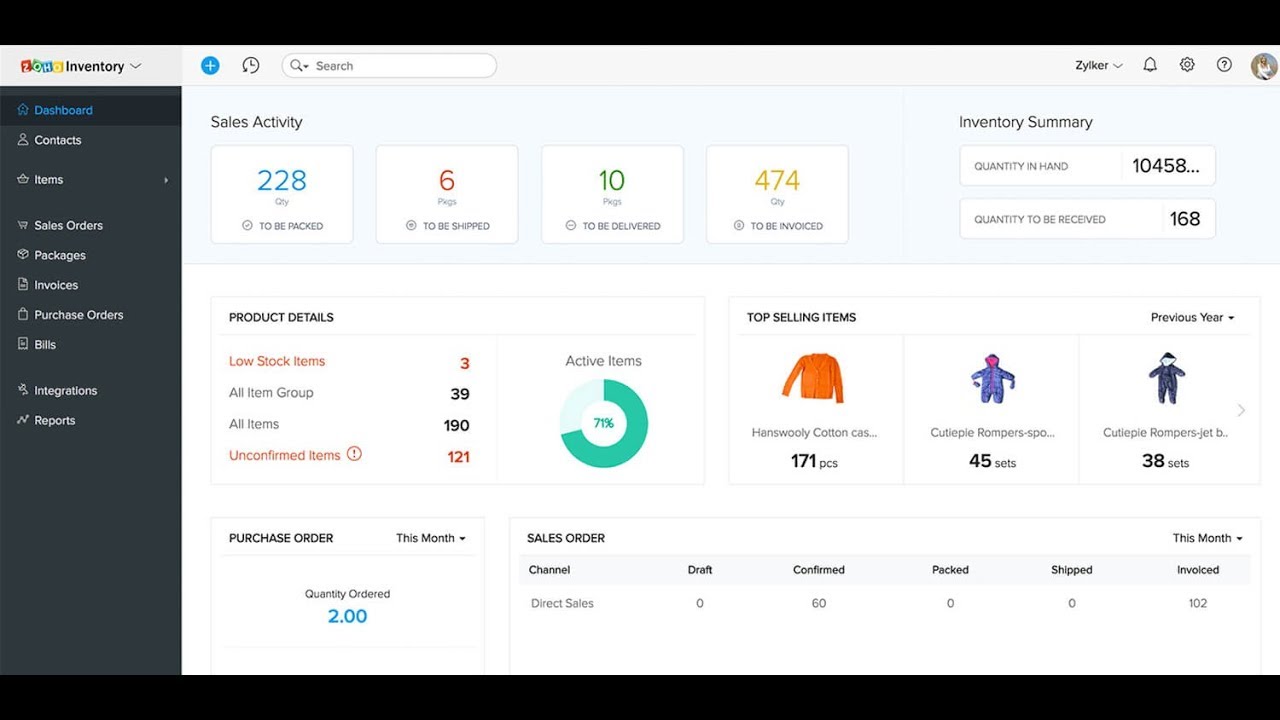
There are various types of tools for data collection within the framework of a survey, including interviews or tests, but the most widespread and used technique within the research community is the questionnaire. Among them, one of the most representative and commonly used is the survey, which is used to obtain, systematically, information regarding the variables bearing on a research study. A number of instruments and techniques are available to collect quantitative data.

They are focused on quantity, and aim to predict, control, describe, confirm and test hypotheses. Quantitative methods collect and analyse quantitative data on variables, that is to say, on characteristics that can have different values.

In translation and interpreting process research, there is growing interest in how research participants’ individual differences influence task performance. Other types of tests, such as those intended to measure intelligence, ask the test-taker to answer test questions correctly. Many tests, especially those designed to identify personality traits, ask the test-taker to answer multiple-choice questions in relation to typical behaviours. For example, these tests can be used to measure intelligence, or outline core personality traits. Subject profiling is often undertaken by means of tests or questionnaires intended to assess various aspects of a person. Their behaviour is likely to be affected by cognitive and noncognitive factors which configure differently within individuals. Research participants have different characteristics in terms of subject matter knowledge, interests, personality, and strategic processing.

Subject profiling is a method used to analyze intraindividual differences, that is to say variability in terms of research participants' profiles. If you want to know more about their experiences, visit our Publications section. The list below contains some of the electronic resources used by TREC members in empirical research in translation.


 0 kommentar(er)
0 kommentar(er)
